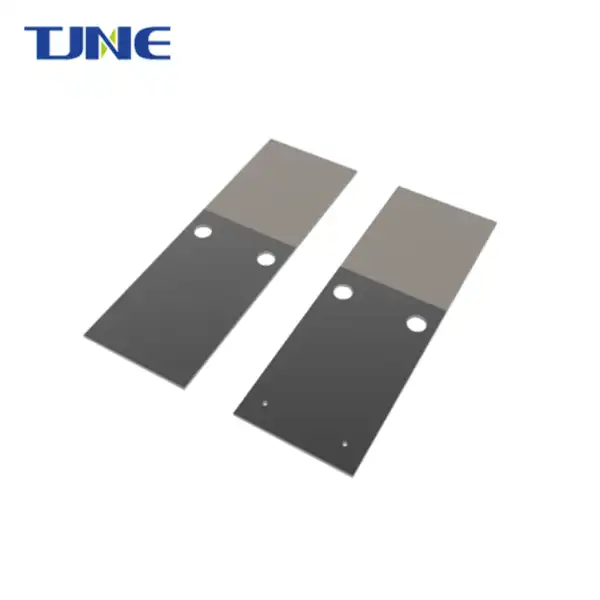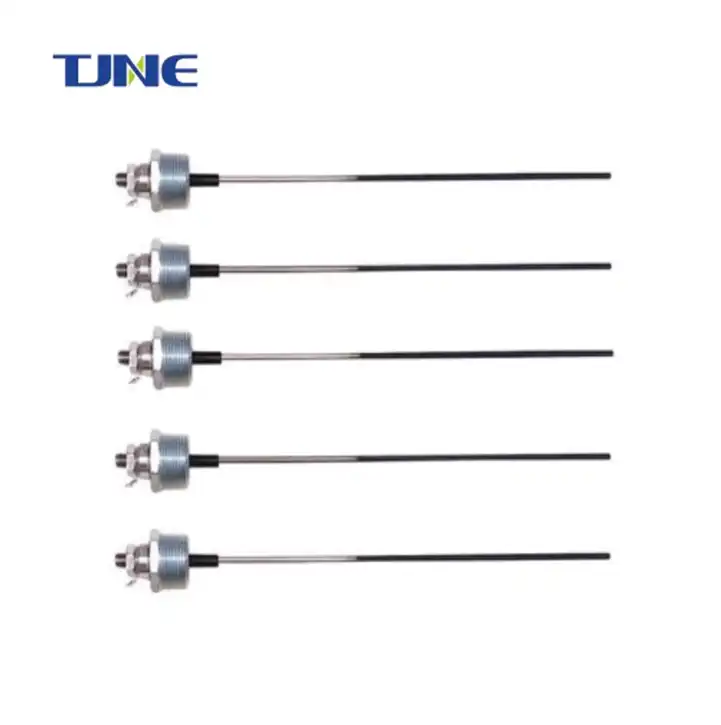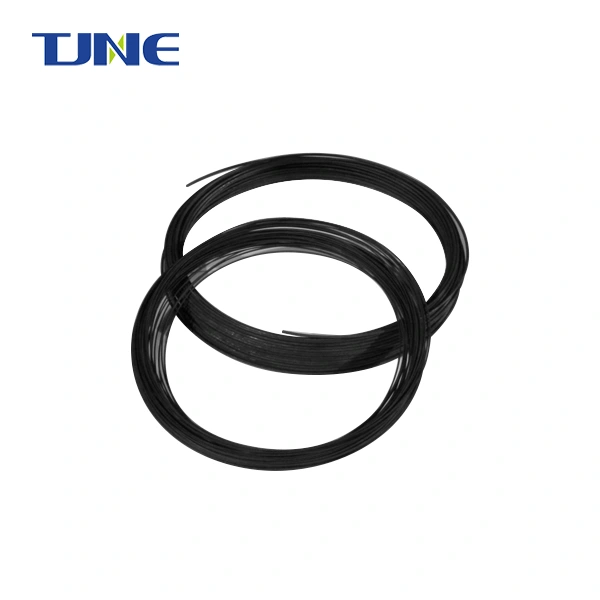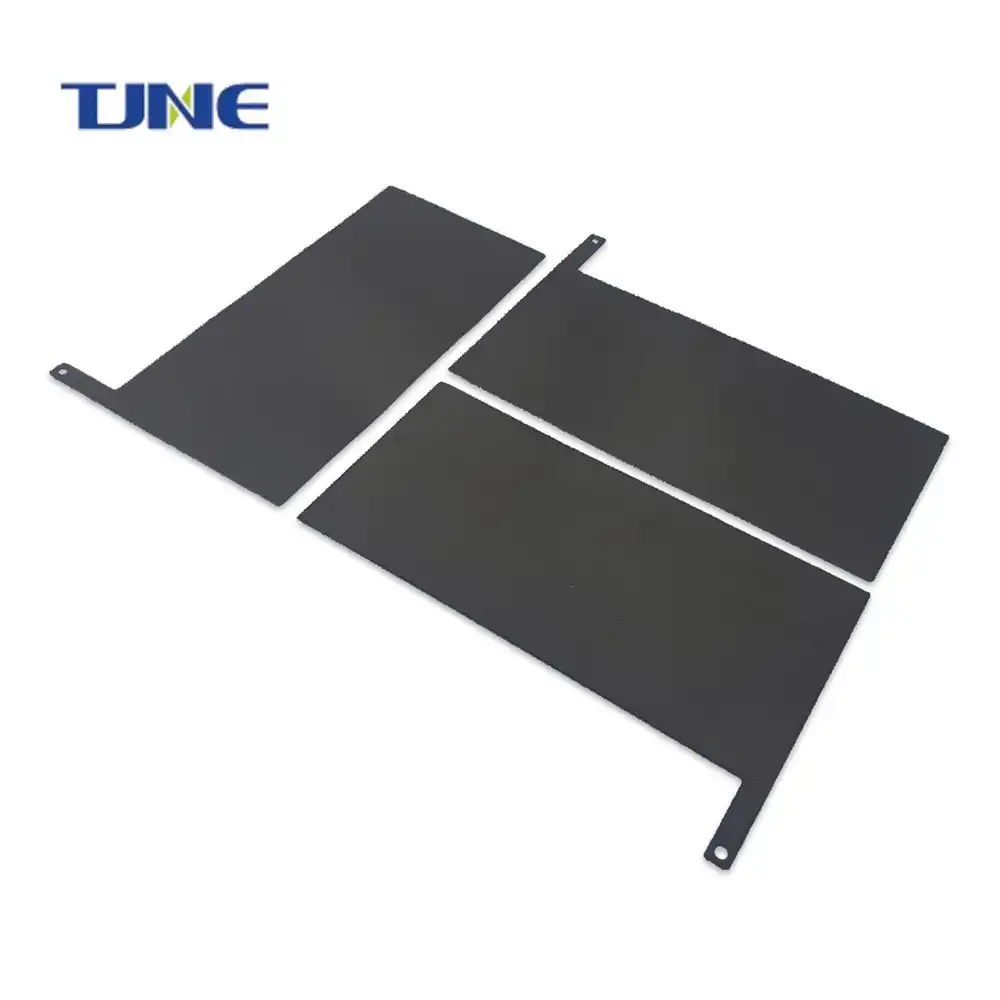- English
- French
- German
- Portuguese
- Spanish
- Russian
- Japanese
- Korean
- Arabic
- Greek
- German
- Turkish
- Italian
- Danish
- Romanian
- Indonesian
- Czech
- Afrikaans
- Swedish
- Polish
- Basque
- Catalan
- Esperanto
- Hindi
- Lao
- Albanian
- Amharic
- Armenian
- Azerbaijani
- Belarusian
- Bengali
- Bosnian
- Bulgarian
- Cebuano
- Chichewa
- Corsican
- Croatian
- Dutch
- Estonian
- Filipino
- Finnish
- Frisian
- Galician
- Georgian
- Gujarati
- Haitian
- Hausa
- Hawaiian
- Hebrew
- Hmong
- Hungarian
- Icelandic
- Igbo
- Javanese
- Kannada
- Kazakh
- Khmer
- Kurdish
- Kyrgyz
- Latin
- Latvian
- Lithuanian
- Luxembou..
- Macedonian
- Malagasy
- Malay
- Malayalam
- Maltese
- Maori
- Marathi
- Mongolian
- Burmese
- Nepali
- Norwegian
- Pashto
- Persian
- Punjabi
- Serbian
- Sesotho
- Sinhala
- Slovak
- Slovenian
- Somali
- Samoan
- Scots Gaelic
- Shona
- Sindhi
- Sundanese
- Swahili
- Tajik
- Tamil
- Telugu
- Thai
- Ukrainian
- Urdu
- Uzbek
- Vietnamese
- Welsh
- Xhosa
- Yiddish
- Yoruba
- Zulu
What are the Advantages of Using Titanium Electrodes for Ballast Water Management?
Ballast water management is a critical aspect of marine operations, ensuring the safety and stability of ships while also protecting marine ecosystems from invasive species. One of the most effective methods for treating ballast water is through electrochemical processes, and titanium electrodes have emerged as a superior choice in this application. Titanium electrodes offer numerous advantages in ballast water management systems, including excellent corrosion resistance, long lifespan, and high efficiency in generating disinfecting agents. As we explore the benefits of titanium electrodes, we'll see why manufacturers like Xi'an Taijin New Energy & Materials Sci-Tech Co., Ltd. are at the forefront of this technology.
How do titanium electrodes improve the efficiency of ballast water treatment systems?
Titanium electrodes play a crucial role in enhancing the efficiency of ballast water treatment systems through their unique properties and performance characteristics. The use of titanium electrodes in electrochlorination systems, a common method for ballast water treatment, offers several advantages that contribute to improved efficiency:
1. Superior conductivity: Titanium electrodes exhibit excellent electrical conductivity, which is essential for efficient electrolysis. This high conductivity ensures that the electrical current is effectively distributed across the electrode surface, leading to uniform and efficient production of disinfecting agents such as chlorine and other oxidants.
2. Low overpotential: Titanium electrodes, especially when coated with catalytic materials like mixed metal oxides (MMO), have a low overpotential for chlorine evolution. This means that less energy is required to produce chlorine from seawater, resulting in lower power consumption and improved overall system efficiency.
3. Stable performance: The stability of titanium electrodes under varying operational conditions contributes to consistent and reliable performance. This stability ensures that the treatment system maintains its efficiency over time, even when faced with fluctuations in water quality, temperature, or salinity.
4. Increased surface area: Advanced manufacturing techniques allow for the creation of titanium electrodes with optimized surface structures, such as mesh or expanded designs. These designs increase the effective surface area of the electrode, enhancing the contact between the electrode and the water being treated. This increased surface area leads to more efficient production of disinfecting agents and improved overall treatment effectiveness.
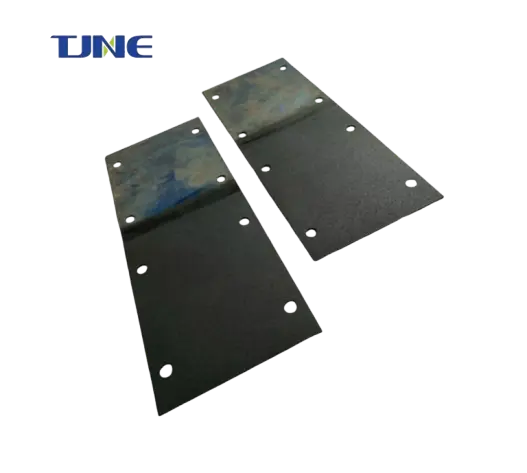
5. Reduced scaling and fouling: Titanium electrodes are less prone to scaling and fouling compared to other electrode materials. This resistance to deposits helps maintain the electrode's active surface area, ensuring consistent performance and reducing the need for frequent cleaning or maintenance.
The efficiency improvements offered by titanium electrodes translate into tangible benefits for ship operators, including reduced power consumption, lower operating costs, and improved compliance with ballast water management regulations. As manufacturers like Xi'an Taijin New Energy & Materials Sci-Tech Co., Ltd. continue to innovate in titanium electrode technology, we can expect even greater efficiencies in ballast water treatment systems in the future.
What makes titanium electrodes more durable than other electrode materials in marine environments?
The durability of titanium electrodes in marine environments is one of their most significant advantages, setting them apart from other electrode materials. This exceptional durability is attributed to several key factors:
1. Corrosion resistance: Titanium forms a stable, protective oxide layer on its surface when exposed to oxygen. This naturally occurring passive film provides excellent resistance to corrosion, even in highly corrosive marine environments. The oxide layer quickly reforms if damaged, ensuring continuous protection against corrosive elements in seawater, such as chlorides and other aggressive ions.
2. Chemical stability: Titanium electrodes exhibit remarkable chemical stability across a wide range of pH levels and temperatures. This stability allows them to maintain their structural integrity and performance characteristics even when exposed to the varying chemical compositions found in different marine environments.
3. High strength-to-weight ratio: Titanium possesses an excellent strength-to-weight ratio, making it both strong and lightweight. This property allows for the construction of durable electrodes that can withstand the physical stresses of marine operations without adding excessive weight to the treatment system.
4. Resistance to erosion: The hardness and wear resistance of titanium contribute to its ability to withstand erosion caused by suspended particles in ballast water. This resistance to erosion helps maintain the electrode's surface integrity and performance over extended periods of operation.
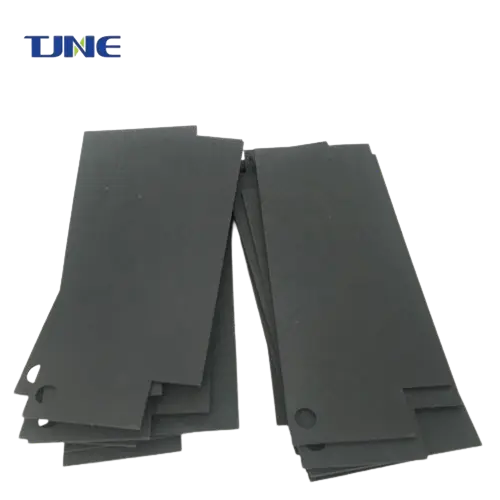
5. Thermal stability: Titanium electrodes maintain their structural and electrochemical properties across a wide range of temperatures. This thermal stability ensures consistent performance in various climates and operational conditions, from cold polar waters to warm tropical seas.
Manufacturers like Xi'an Taijin New Energy & Materials Sci-Tech Co., Ltd. leverage these durability advantages in their titanium electrode designs, often incorporating additional enhancements such as specialized coatings or surface treatments to further improve performance and longevity. The combination of titanium's inherent properties with advanced manufacturing techniques results in electrodes that can withstand the harsh conditions of marine environments for extended periods, often outlasting the service life of the vessels themselves.
The exceptional durability of titanium electrodes translates into several practical benefits for ballast water management systems:
- Reduced maintenance requirements and associated costs
- Fewer system shutdowns for electrode replacement or repair
- Consistent treatment efficiency over long operational periods
- Improved reliability in meeting ballast water treatment regulations
- Lower total cost of ownership for ballast water treatment systems
As environmental regulations become more stringent and the demand for efficient, reliable ballast water treatment systems grows, the durability of titanium electrodes positions them as a key component in the future of marine environmental protection technology.
How do titanium electrodes contribute to the cost-effectiveness of ballast water treatment systems?
The cost-effectiveness of ballast water treatment systems is a critical consideration for ship operators, and titanium electrodes play a significant role in improving the economic viability of these systems. While the initial investment in titanium electrodes may be higher compared to some alternatives, their contribution to cost-effectiveness becomes evident when considering the entire lifecycle of the treatment system:
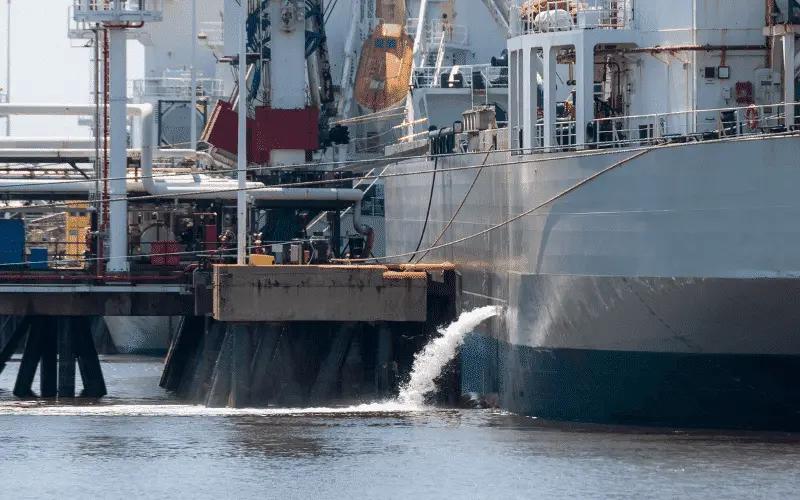
1. Longevity and reduced replacement frequency: Titanium electrodes have an exceptionally long lifespan, often lasting for many years or even decades in ballast water treatment applications. This longevity significantly reduces the frequency of electrode replacements, leading to lower material costs and less downtime for maintenance over the life of the system.
2. Lower operational costs: The high efficiency of titanium electrodes in generating disinfecting agents means that less energy is required to achieve the desired treatment levels. This energy efficiency translates directly into lower operational costs, particularly important given the rising energy prices and the emphasis on reducing carbon footprints in the shipping industry.
3. Minimal maintenance requirements: The durability and resistance to fouling of titanium electrodes result in reduced maintenance needs. This decrease in maintenance not only lowers direct costs but also minimizes system downtime, allowing for more continuous operation and improved overall vessel productivity.
4. Consistent performance: The stable performance of titanium electrodes ensures consistent treatment efficacy over time. This reliability reduces the risk of non-compliance with ballast water regulations, potentially avoiding costly fines, delays, or the need for additional treatments.
5. Scalability: Titanium electrodes can be efficiently scaled to suit vessels of various sizes and ballast water treatment capacities. This scalability allows for optimized system designs that balance performance with cost-effectiveness across different ship types and operational profiles.
6. Compatibility with existing systems: The versatility of titanium electrodes often allows for easier integration with existing ballast water systems during retrofits. This compatibility can significantly reduce installation costs and complexity compared to systems requiring more extensive modifications.
7. Reduced chemical consumption: In electrochlorination systems, the efficiency of titanium electrodes in producing disinfectants from seawater reduces or eliminates the need for additional chemical storage and handling. This not only saves on chemical costs but also simplifies logistics and reduces safety risks associated with chemical storage onboard.
8. Lower weight impact: The high strength-to-weight ratio of titanium means that electrodes can be designed to be lighter than alternatives while maintaining performance. This can contribute to overall weight savings in the treatment system, potentially impacting fuel efficiency and cargo capacity.
9. Resistance to extreme conditions: Titanium electrodes maintain their performance across a wide range of temperatures and water conditions. This resilience reduces the need for additional equipment or treatments to handle varying operational environments, contributing to overall system simplicity and cost-effectiveness.
10. Positive impact on vessel resale value: Ships equipped with high-quality, low-maintenance ballast water treatment systems featuring titanium electrodes may command higher resale values. The long lifespan and reliability of these systems can be a selling point for potential buyers looking to avoid near-term upgrade costs.
Manufacturers like Xi'an Taijin New Energy & Materials Sci-Tech Co., Ltd. recognize the importance of cost-effectiveness in ballast water treatment systems. By focusing on high-quality titanium electrodes, they contribute to the development of systems that not only meet regulatory requirements but also offer compelling economic benefits to ship operators.
The cost-effectiveness of titanium electrodes in ballast water treatment systems is not just about the electrodes themselves, but about how they contribute to the overall efficiency, reliability, and longevity of the entire treatment process. As the maritime industry continues to face economic pressures and increasingly stringent environmental regulations, the role of titanium electrodes in providing cost-effective solutions for ballast water management is likely to become even more prominent.
In conclusion, the advantages of using titanium electrodes for ballast water management are numerous and significant. From improved efficiency and exceptional durability to substantial contributions to cost-effectiveness, titanium electrodes represent a key technology in modern ballast water treatment systems. As manufacturers like Xi'an Taijin New Energy & Materials Sci-Tech Co., Ltd. continue to innovate and refine their products, we can expect to see even greater advancements in this field, further solidifying the position of titanium electrodes as an essential component in protecting our marine environments and ensuring efficient, compliant shipping operations worldwide.
If you are interested in the products of Xi'an Taijin New Energy & Materials Sci-Tech Co., Ltd., please contact yangbo@tjanode.com.
References:
1. International Maritime Organization. (2004). International Convention for the Control and Management of Ships' Ballast Water and Sediments.
2. Tsolaki, E., & Diamadopoulos, E. (2010). Technologies for ballast water treatment: a review. Journal of Chemical Technology & Biotechnology, 85(1), 19-32.
3. Moreno-Andrés, J., Romero-Martínez, L., Acevedo-Merino, A., & Nebot, E. (2017). Effectiveness of different technologies in the ballast water treatment system. Environmental Technology, 38(8), 918-930.
4. Parsons, M. G., & Harkins, R. W. (2002). Full-scale particle removal performance of three types of mechanical separation devices for the primary treatment of ballast water. Marine Technology, 39(4), 211-222.
5. Gollasch, S., David, M., Voigt, M., Dragsund, E., Hewitt, C., & Fukuyo, Y. (2007). Critical review of the IMO international convention on the management of ships' ballast water and sediments. Harmful Algae, 6(4), 585-600.
6. Werschkun, B., Sommer, Y., & Banerji, S. (2012). Disinfection by-products in ballast water treatment: An evaluation of regulatory data. Water Research, 46(16), 4884-4901.
7. Delacroix, S., Vogelsang, C., Tobiesen, A., & Liltved, H. (2013). Disinfection by-products and ecotoxicity of ballast water after oxidative treatment. Marine Pollution Bulletin, 73(1), 300-304.
8. Zhang, N., Ma, B., Li, J., & Zhang, Z. (2013). Factors affecting formation of chemical by-products during ballast water treatment based on an advanced oxidation process. Chemical Engineering Journal, 231, 427-433.
9. Batista, W. R., Fernandes, F. C., Lopes, C. C., Lopes, R. S., Miller, W., & Ruiz, G. (2017). Which ballast water management system will you put aboard? Remnant anxieties: A mini-review. Environments, 4(3), 54.
10. Čampara, L., Frančić, V., Maglić, L., & Hasanspahić, N. (2019). Overview and comparison of the IMO and the US maritime administration ballast water management regulations. Journal of Marine Science and Engineering, 7(9), 283.
Related Industry Knowledge
- Why are Titanium Electrodes Specifically Used for Ballast Water Management?
- How Do Titanium Electrodes Contribute to the Efficiency of Ballast Water Treatment?
- What Advantages do Titanium Electrodes Offer in Ballast Water Systems?
- How Do Titanium Electrodes Contribute to Ballast Water Treatment?
- What are the Advantages of Using Titanium Electrodes for Ballast Water Disinfection?
- Are There Any Safety Considerations When Using Titanium Electrodes for Ballast Water?
- What does a Ballast Water Titanium Electrode do?
- Purifying the Seas: The Role of Titanium Electrodes in Ballast Water Treatment






